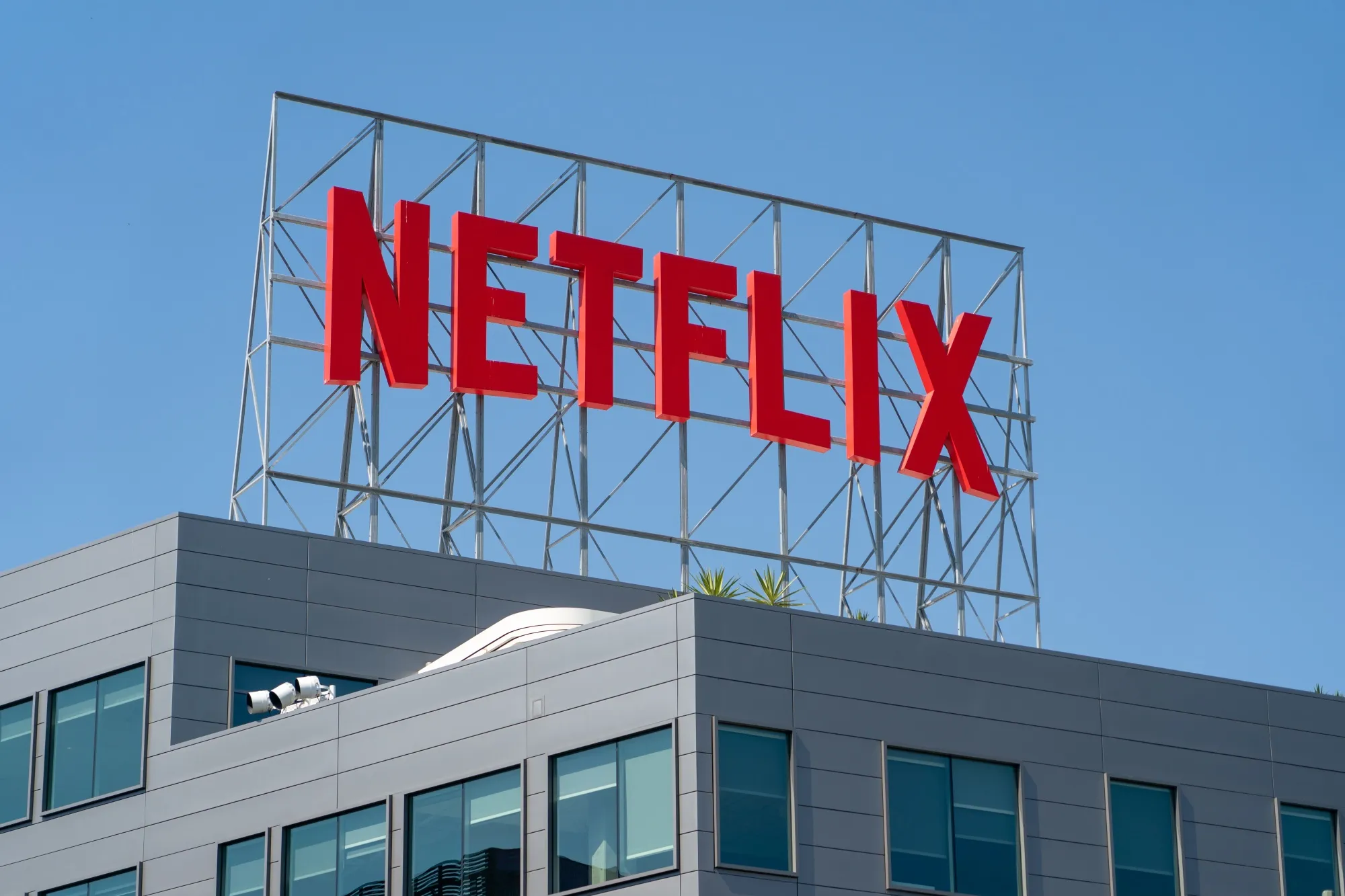Netflix, a global streaming powerhouse, is rapidly approaching a staggering $500 billion market capitalization. As its value climbs, so do its legal challenges, which range from increased regulatory scrutiny to heightened investor attention and potential lawsuits.
Understanding how the market capitalization of Netflix affects its legal risks is essential for investors, regulators, and legal professionals monitoring the streaming giant’s business landscape.
This dynamic is common among giant corporations, where growth brings opportunity and complex legal risks that can impact the company’s operations and reputation. In this article, we’ll dive into how Netflix’s massive market cap shapes its exposure to legal risks, including lawsuits and regulatory pressures.
We’ll explain these challenges for Netflix and its stakeholders and why market size matters beyond dollars and cents. Keep reading to uncover the legal landscape Netflix navigates as it continues to dominate the streaming world.
Understanding Market Capitalization
Market capitalization, or market cap, is the total value of a company’s outstanding shares of stock. It reflects a company’s public valuation and is a key indicator of its size and influence in the market.
It reflects a company’s total value as perceived by the stock market. A high market cap often means increased public visibility, significant financial resources, and a broader company operational footprint.
For Netflix, a company with a large market cap, this means it is a major player in the entertainment industry and financial markets.
Large market caps often correlate with increased visibility and influence, leading to greater legal exposure. Investors, regulators, and competitors pay close attention to such companies, increasing the likelihood of lawsuits and regulatory actions.
Why Size Increases Legal Exposure for Netflix
Large companies like Netflix naturally attract more legal attention. With more customers comes a higher probability of disputes and complaints.
Their operations also span multiple countries, exposing them to diverse legal systems. They face intense scrutiny from regulators and competitors.
Netflix’s market cap growth signals its prominence but also means more attention is paid to its business practices, content, and financial disclosures.
Regulatory Challenges in Global Markets
Netflix’s expansion into international markets such as India and Brazil introduces complex regulatory hurdles. Different countries impose varying rules on content, ownership, and cultural quotas.
For example, some nations require streaming services to invest in local content or restrict certain types of programming.
These regulations can be costly and legally binding, affecting Netflix’s ability to operate freely. As Netflix’s market cap grows, so does its exposure to these regulations, which can lead to fines, forced content changes, or operational restrictions.
Content-Related Legal Risks
Netflix invests billions in original content, which involves numerous legal agreements with creators, actors, and production companies. Intellectual property (IP) disputes are common in this space.
Netflix must defend its rights to stream content while avoiding infringement claims. Failure to do so can result in costly lawsuits, loss of rights, or damage to its reputation.
The company acknowledges that IP disputes are an ongoing risk, intensified by its global reach and extensive content library.
Investor Lawsuits and Stock Disclosure Risks
As a publicly traded company with a large market cap, Netflix is subject to securities laws designed to protect investors. Netflix has faced class action lawsuits alleging it misled investors about subscriber growth and financial performance.
For instance, a notable lawsuit filed in California accused Netflix of failing to disclose slowing subscriber growth and the impact of account sharing, which led to a sharp decline in stock price and investor losses. Such litigation risks increase with company size and market visibility.
Financial Obligations and Off-Balance Sheet Risks
Netflix’s large market cap is supported by significant financial commitments, particularly for content acquisition and production.
Many of these obligations are off-balance-sheet, meaning they are not fully reflected in standard financial statements but represent real legal liabilities.
If Netflix cannot meet these commitments, this can pose solvency risks, potentially leading to creditor actions or restructuring. The complexity and scale of these financial obligations grow with the company’s size, increasing legal and financial risk.
Competition and Antitrust Concerns
As Netflix dominates the streaming market, it may attract antitrust scrutiny. Regulators could investigate whether Netflix engages in anti-competitive practices, such as exclusive content deals that limit consumer choice.
While no major antitrust cases against Netflix are public, its market power and size make it a potential target for future regulatory actions, especially as competition intensifies.
Advertising and Consumer Protection Laws
Netflix’s introduction of ad-supported subscription tiers exposes it to advertising laws and consumer protection regulations. These laws govern truthful advertising, data privacy, and user consent.
Violations can lead to fines and lawsuits, particularly as advertising regulations vary by country. The larger Netflix grows, the more it must navigate this complex legal landscape.
Data Privacy and Cybersecurity Risks
Netflix handles data for millions of subscribers worldwide, subjecting it to stringent data privacy laws like the European Union’s General Data Protection Regulation and California Consumer Privacy Act. Non-compliance can result in severe penalties and class action lawsuits.
As Netflix’s subscriber base and market cap increase, so does the volume of personal data it manages, heightening legal risks related to data breaches or misuse.
How Netflix Manages Legal Risks at Scale
Netflix’s size necessitates robust legal risk management and governance structures. The company must continuously monitor regulatory changes, manage litigation, and ensure compliance across jurisdictions.
Its annual reports disclose ongoing legal risks and the company’s efforts to mitigate them, reflecting how market cap growth demands stronger legal oversight.
Navigating Netflix’s Legal Risks Amid Market Growth
Netflix’s large market capitalization amplifies its legal risks across multiple dimensions:
- Regulatory Compliance
- Intellectual Property
- Investor Litigation
- Financial Obligations
- Competition Law
- Advertising
- Data Privacy.
While its size provides market power and resources, it also invites increased legal scrutiny and potential lawsuits. Understanding these dynamics helps explain why big companies like Netflix must invest heavily in legal risk management as they grow.
Understanding how the market capitalization of Netflix affects its legal risks is essential to grasp the challenges facing today’s tech giants. Netflix’s massive valuation doesn’t just translate to influence—it also brings legal obligations, compliance risks, and regulatory scrutiny.
Using tools like a legal research database and a case digest website can help legal teams stay ahead of evolving regulations and lawsuits. Leveraging a legal AI chatbot can streamline monitoring and analysis, providing timely insights into new case decisions affecting Netflix.
Staying informed through these resources empowers stakeholders to manage risks effectively as the company grows. Understanding how market value influences legal exposure is key for investors and legal professionals. Keep exploring these tools and stay proactive to navigate Netflix’s complex legal landscape confidently.



































